The seasons are easily observed over a school year, and the different plants and insects that are active at particular times are easy to spot. The seasons are caused by changing amounts of sunlight that reach the ground, determined by the height of the Sun in the sky and the length of the shadows, which in turn is determined by the tilt of the Earth’s axis.
Tag: Small group activity
The Solar System is made up of the Sun, four terrestrial planets, and four large gas giant planets, plus large numbers of minor planets, dwarf planets, asteroids, and an awful lot of space in between them all. This activity will give students an understanding of the scale of the Solar System in a school hall.
In this activity students will explore the differences between day and night on the Earth by comparing nocturnal and diurnal animals. They will investigate how day and night occur on the Earth using a simple model, and see how people and animals living in different parts of the planet experience different times of the day.
Our Solar System contains the Sun, the eight planets, as well as numerous dwarf planets, many asteroids, and an unknown number of comets. Comets have often featured in historical accounts as portents of doom or disaster (one features in the Bayeux Tapestry, for example), but the reality is that they are giant dirty snowballs. As they get close to the Sun they begin to warm, and some of the ice begins to turn to gas, creating the spectacular tails visible from Earth. This activity helps students to understand what comets are made of, and why they look the way they do in the sky.
The Earth is our home in the Universe. Humans, animals and plants survive on the Earth because the conditions are ideal for life. Different animals and plants are adapted to survive in different environments. This activity introduces these ideas, and uses a practical activity to explore how rockets work.
Landing is one of the most hazardous parts of any flight. Spacecraft try a number of ways to land safely, either on the Earth at the end of a manned mission, or on other worlds as part of robotic exploration missions. A good understanding of forces is essential to design and construct a safe landing system that protects both your spacecraft and its precious payload.
This activity uses touch boxes to illustrate some important characteristics of some Solar System objects and the differences between them. Children will be able to sense the differences in materials between several solar system bodies using everyday items as an analogy. This activity uses simple, easy to source materials, but the boxes do need to be assembled in advance.
The Moon has a rocky surface covered in craters. Many other planets in the solar system have similarly cratered surfaces, including the Earth. We don’t see so many craters on the Earth because of the combined effects of weathering and plate tectonics. The Moon has no atmosphere and no plate tectonics, so the cratering that happened in the early stages of the Solar System’s history is well-preserved today.
© 2025 We Share the Same Moon
Theme by Anders Norén — Up ↑





